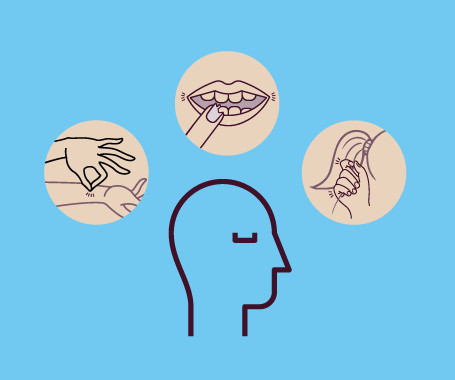Anxiety In Elderly: Types, Symptoms, Causes & Ways To Manage 2023
Blurt It Out
SEPTEMBER 19, 2023
Obsessive Compulsive Disorder (OCD) Repetitive behaviors centered around the need for symmetry, fear of contamination (Excessive hand washing, for instance), and other preoccupations or compulsions such as hoarding can be potential signs of OCD. Psychological Symptoms Difficulty sleeping. Excessive worry or fear.













Let's personalize your content